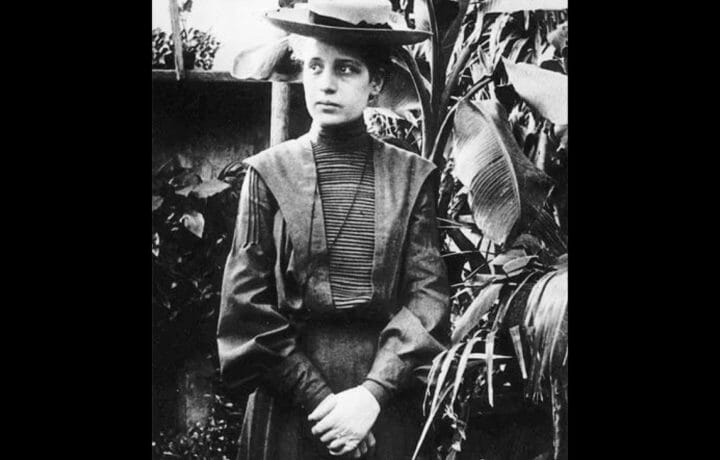Sometimes, we stumble on stories either not told or are so little known about that they are an injustice to those involved. Such is the case with Lisa Meitner.
Who is Lisa Meitner?
Meitner, born in the late 1870s in Austria, studied Physics, obtained her doctorate degree, and then moved to Berlin. In Berlin, she worked for a chemist named Otto Hahn for over thirty years studying radioactivity. Meitner was brilliant, discovering the element protactinium and the Auger Effect – a process where energy could be transferred from electron to electron without radiation, which led to significant medical advances. Germany annexed Austria in 1938, so Meitner was forced to leave for Sweden. Her work with Hahn continued in a somewhat secret fashion and resulted in the process known as nuclear fission.
When Meitner went public to the scientific world about the theory behind nuclear fission, scientists such as Albert Einstein warned President Franklin Roosevelt a warning letter, noting that this new process, when coupled with the right elements, could lead to a devastating weapon of destruction used by nations adversarial to the United States. This led to a multinational effort led by the United States, called the Manhattan Project, a research and development effort to build the first nuclear weapons. As for Meitner, who despised Nazi Germany and the fact Hahn dedicated his loyalty to it, she refused to participate in the Manhattan Project, as her focus on work was geared towards medicine and not warfare.
According to her biography published in 1996, her letter to Hahn opened with the following:
You all worked for Nazi Germany. And you did not even try passive resistance. Granted, to absolve your conscience you helped some oppressed person here and there, but millions of innocent human beings were murdered and there was no protest.
Meitner, while receiving accolades and credit now and then, was not truly recognized until some 20 years later, when she was awarded several distinguished achievement awards. In 1997, nearly 30 years after her death, element 109 was renamed meitnerium.
The beginning Stages of a Security Clearance
What does any of this have to do with most of you? Because of Meitner’s work, the Manhattan Project was created. With the project, came truly the first wide scale use of clearance designators. The United States Army was put in charge of security for the project, deemed the best agency to handle the strictly required measured.
Because the project had so many different participants from all occupations and parts of the world, badges were given out with a picture and color code. Yellow meant that you could go into technical areas of the lab, but could receive no classified information — like guards. Blue was used for people who needed classified information but not technical information — clerks and warehouse employees. Red was for people who could get some technical information within a highly compartmentalized state. White was for those who could know it all — everything that was to be done at Los Alamos.
In fact, some of the agents spying on the project had white colored badges, which was a huge point of investigation for years to come. Once the war was over, the Project and its sequels were transferred to the Atomic Energy Commission, which spurred the modern laws and policies about security clearances that influence today’s standards. So Lisa Meitner was not only a magnificent scientist, who made great discoveries impacting world history, she was also indirectly responsible for shaping the importance of the classified world we live in today.




